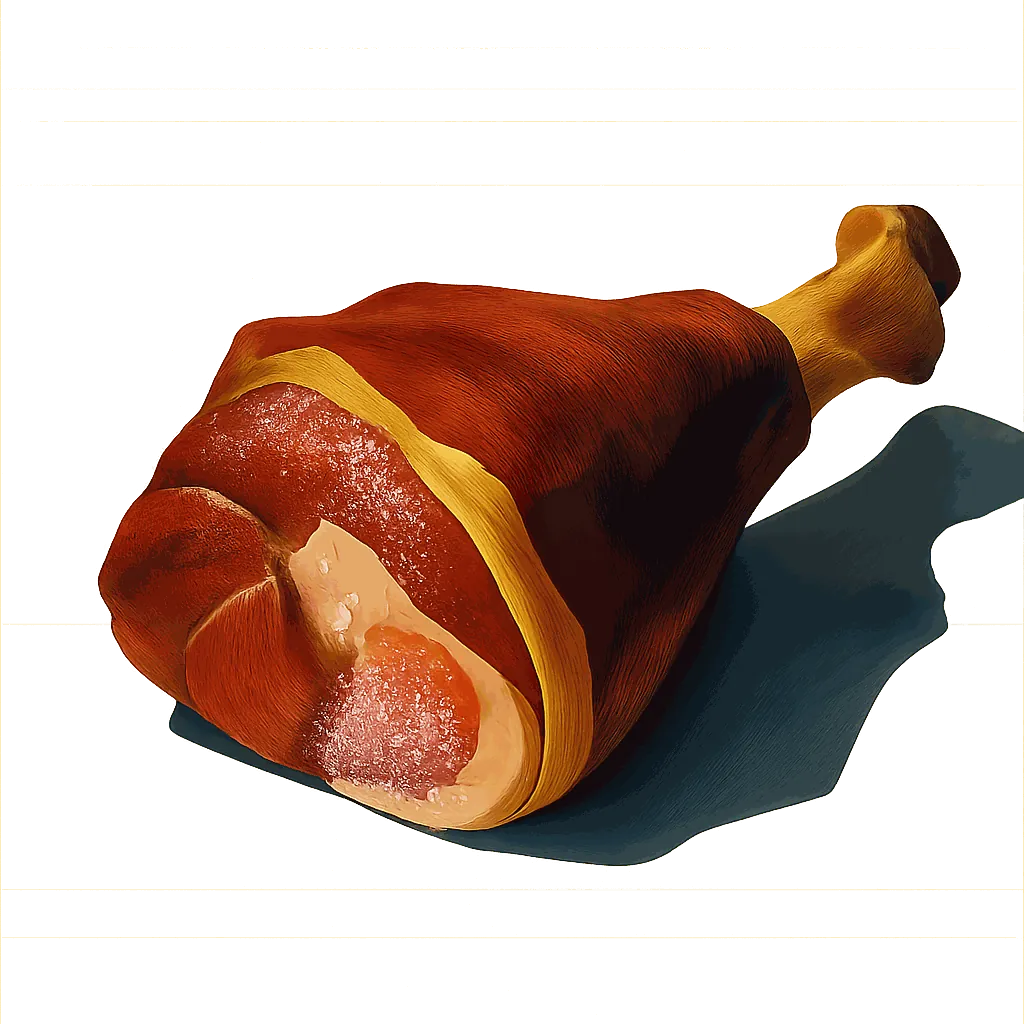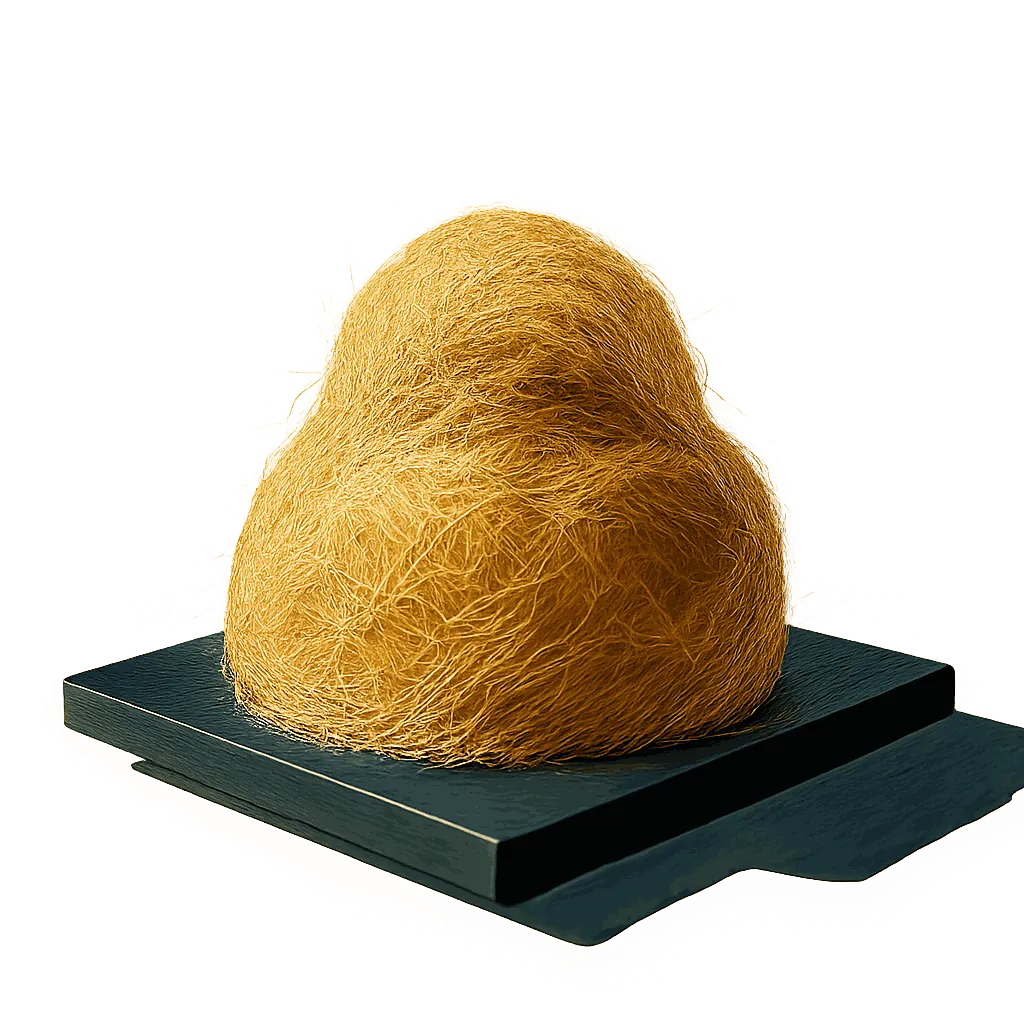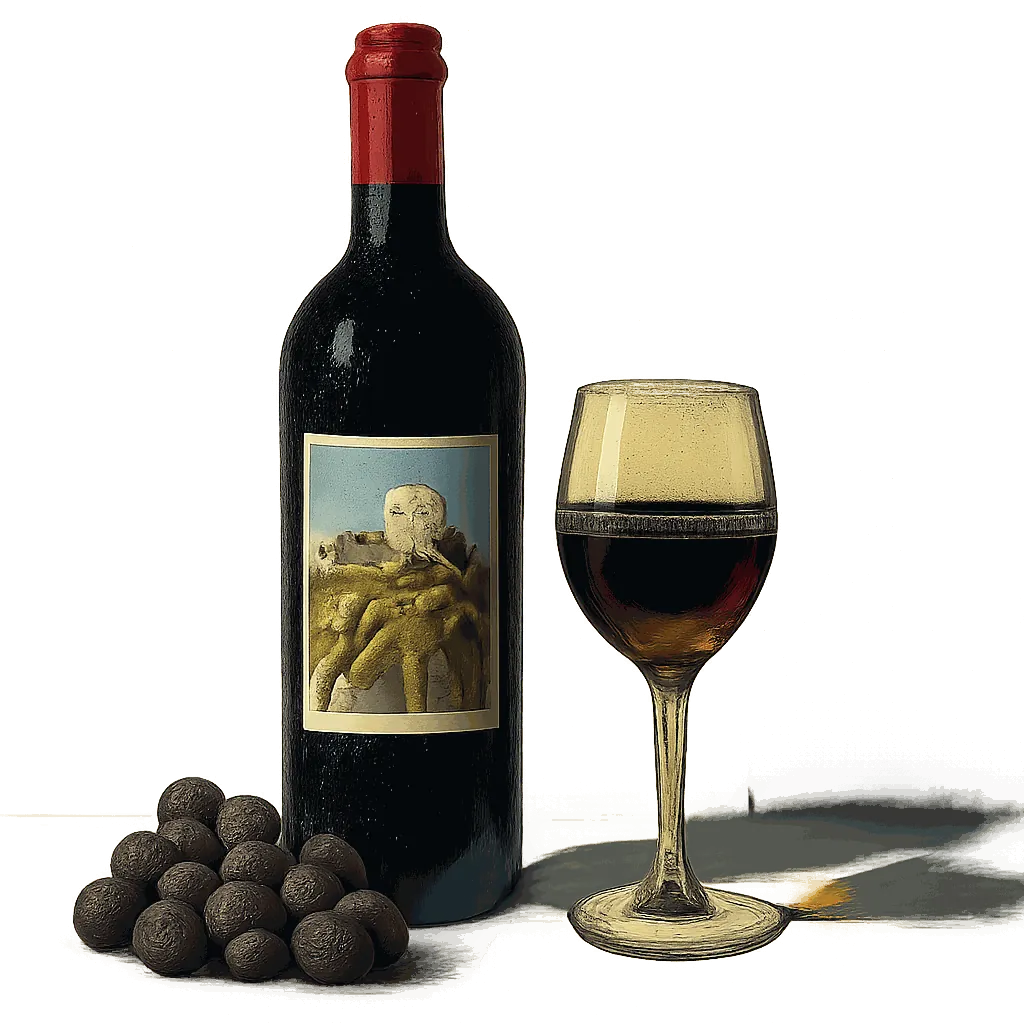Perfect Pairings & Recipes for
Strong Dry Rosé

Top flavour pairings and recipes for strong dry rosé, according to analysis of thousands of recipes.
Strong dry rosé conjures the embrace of raspberry and the bracing kiss of rose, yet its initial saltiness is only the opening gambit. Beneath lies a complex tapestry of chalk, whispers of blossom, and the juicy aroma of plum that give it remarkable depth. Understanding how these layered flavours work together is the secret to unlocking truly exceptional pairings.
To illuminate these harmonies, we embarked on an ambitious journey, analysing thousands of ingredients. Each was meticulously deconstructed across 150 distinct flavour dimensions, allowing us to pinpoint precisely which notes complement in both classic and unexpected ways. Our findings reveal, for instance, how beef's bovine tones can enrich strong dry rosé, or how beef trimmings's bovine notes create an unexpectedly harmonious bridge with the bright sweetness.
Flavour Profile Of Strong Dry Rosé Across 150 Dimensions Of Flavour
Flavour wheel chart showing the dominant flavour notes of Strong Dry Rosé: Raspberry, Plum, Rose, Blossom, Grapefruit, Flint, Limestone, Cherry, Hibiscus, Tannic, Saline
An ingredient's flavour stems from its core characteristics, such as floral, acidic, or herbal, combined with layers of subtle flavour notes (outer bars). For a balanced dish, pair ingredients with a variety of core flavours, and choose complementary aroma notes for harmony.
The Secret Language of Flavour
To understand exactly which flavours harmonise, we compiled a database of over 50,000 ingredient pairings commonly used in cooking. We then analysed these pairings, identifying the specific flavour notes that frequently appear together.
The Flavours That Harmonise With Raspberry Notes
Strength of Association Between Flavours
The flavours most associated with raspberry notes are: Bovine, Ferrous, Gamey, Limestone, Buttery, Cinnamon, Balsam, Hazelnut, Clove, Almond, Bay leaf, Neroli, Sage, Vanilla, Resin.
Our analysis reveals a strong connection between raspberry and beef flavours. Since strong dry rosé has a distinct berry-like flavour, try pairing it with the beefy flavours of beef trimmings.
The recipe below provides inspiration for pairing strong dry rosé with beef trimmings.
Harmonious Flavours Of Strong Dry Rosé
Just as our statistical analysis showed that raspberry and beefy flavour accents tend to pair together, we can identify the full profile of flavours that harmonise with each of the flavour accents present in strong dry rosé. E.g. the plum-like notes of strong dry rosé are often used with orangey and gentian notes.
The aromas associated with the various aromas of strong dry rosé can be seen highlighted in the pink bars below.
Flavour Profile Of Strong Dry Rosé And Its Complementary Flavour Notes
Flavour wheel chart showing the dominant flavour notes of Strong Dry Rosé: Raspberry, Plum, Rose, Blossom, Grapefruit, Flint, Limestone, Cherry, Hibiscus, Tannic, Saline
Matching Flavour Profiles
The flavour profile of beef offers many of the aromas complementary to strong dry rosé, including bovine and ferrous aroma notes. Because the flavour profile of beef has many of the of the features that are complementary to strong dry rosé, they are likely to pair very well together.
Prominent Flavour Notes Of Beef Are Represented By Longer Bars
Flavour wheel chart showing the dominant flavour notes of Beef: Glutamic, Charred, Bovine, Adipose, Proteolytic, Iron, Milky, Sulfurous, Toasted, Gamey, Leather
The chart above shows the unique profile of beef across 150 dimensions of flavour, while the recipes below offer inspiration for bringing these flavours together with strong dry rosé.
Linked Flavour Notes
Looking at the aroma notes that are most strongly associated with the various flavours of strong dry rosé, we can identify other ingredients that are likely to pair well.
Strong Dry Rosé's Harmonious Flavours And Complementary Ingredients
Strong Dry Rosé's Strongest Flavours
Complementary Flavours
Ingredients with Complementary Flavours
Flavour groups:
Acidic
Floral
Herbal
Vegetal
Maillard
Earthy
Woody
Carnal
The left side of the chart above highlights the aroma notes of strong dry rosé, along with the complementary aromas associated with each note. While the right side shows some of the ingredients that share many of the aroma accents complementary to strong dry rosé.
Prominent Pairings
Our analysis identifies dishes that pair well with strong dry rosé and highlights the prominent ingredient combinations within these recipes. Key pairs include star anise and fennel seed offering sweet aroma, turmeric and curry leaf for turpentiness, soft brown sugar and caster sugar for saccharine depth, and shallot and coriander seed for a complex coriander undertone. Explore these combinations to unlock strong dry rosé's hidden complexity, reveal deep nuance, and elevate its vibrant character.
Ingredient Combinations Among Dishes That Pair With Strong Dry Rosé
Flavour groups:
Sweet
Sour
Botanic
Herbal
Spice
Vegetal
Bitter
How Flavonomics Works
We've pioneered a unique, data-driven approach to decode the intricate art of flavour pairing. Our goal is to move beyond intuition and uncover the science of why certain ingredients harmonise beautifully. This rigorous methodology allows us to provide you with insightful and reliable pairing recommendations.
Our analysis begins with over 50,000 carefully selected recipes from acclaimed chefs like Galton Blackiston, Marcello Tully, and Pierre Lambinon. This premium dataset ensures our model distils genuine culinary excellence and creativity.
Each ingredient from these recipes is deconstructed across 150 distinct flavour dimensions, creating a unique numerical "flavour fingerprint." This quantification allows us to apply advanced analytical methods to identify complex patterns between flavour notes.
We identify popular ingredient combinations that frequently appear in our recipe database. Regression analysis is then performed on these pairings to statistically validate and pinpoint truly harmonious flavours.
These insights drive our predictive model, which allows us to take any ingredient (e.g., Strong Dry Rosé), analyse its detailed flavour profile, and accurately reveal its complementary flavours and perfect ingredient partners.
Explore More
Discover more ingredient profiles and expand your culinary knowledge. Each ingredient page offers detailed analysis of flavour profiles, pairing insights, and culinary applications.
The content on our analysis blog is semi-automated. All of the words were manually written by a human, but the content is updated dynamically based on the data.


